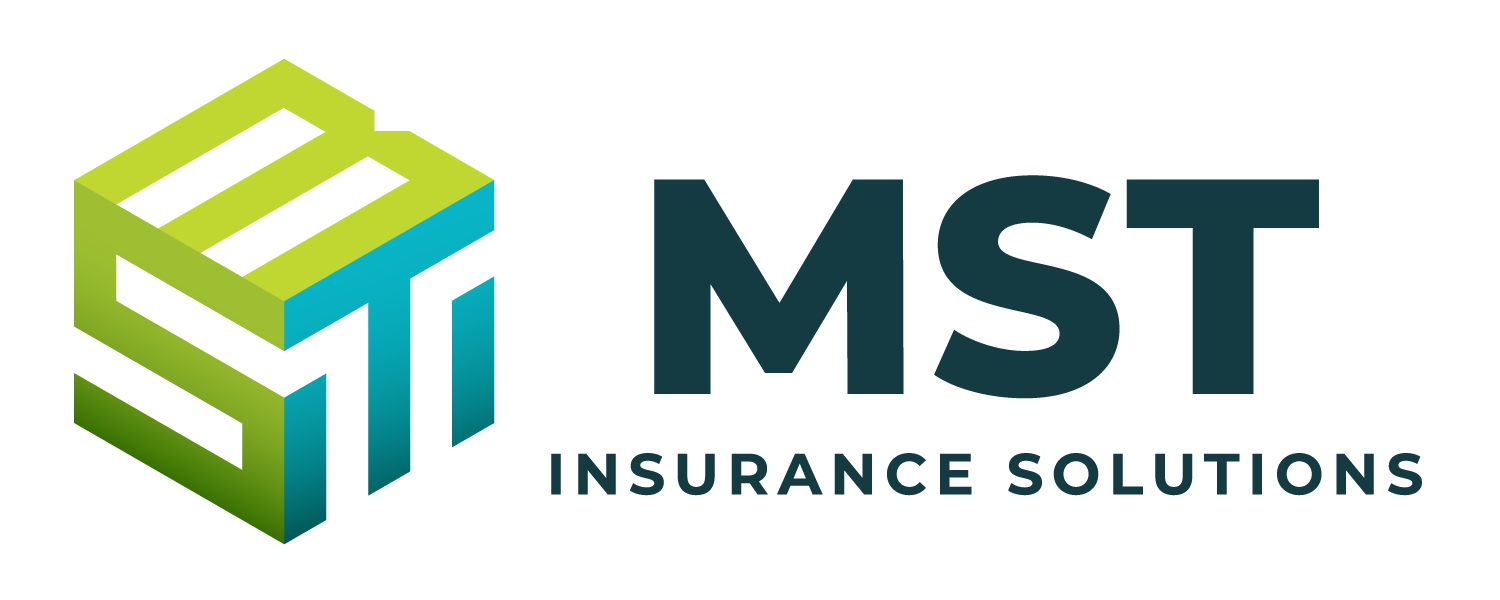Mental illness is a prevalent issue in the United States. According to the National Institute of Mental Health, more than 1 in 5 (23.1%) adults live with a mental illness. These conditions can range from mild to severe, with the potential to significantly impact individuals and their ability to thrive in the workplace.
Proactive measures to support employees’ mental health can not only improve their well-being but also foster a safer and more productive work environment. By addressing mental health effectively, employers can boost job satisfaction, improve productivity and reduce workplace incidents that result in costly workers’ compensation claims.
This article explores the impacts of poor mental health in the workplace and outlines actionable strategies employers can implement to improve it.
The Consequences of Poor Mental Health on Organizations
There are several consequences of poor mental health in the workplace. Stress and anxiety often lead to distractions, reduced attention to detail and delayed reaction times, raising the risk of accidents. Similarly, depression and fatigue can lead to mental exhaustion, impaired judgment and reduced decision-making abilities, further increasing safety risks in a work environment.
Information from Eastern Kentucky University highlights that 60%-80% of workplace accidents are linked to stress-related distractions or sleepiness. Industries with long hours and high demands, such as health care and construction, are particularly vulnerable to these risks and frequently report higher accident rates.
The effects of mental health challenges extend beyond workplace safety, impacting organizations in various ways:
- Absenteeism and presenteeism—Mental health issues can result in high rates of absenteeism and presenteeism, where employees are physically present but unable to perform effectively.
- Reduced productivity and higher turnover—Poor mental health can decrease job satisfaction and increase burnout, leading to reduced productivity, higher employee turnover, and the disruption of team dynamics and safety practices.
- Increased workers’ compensation claims—A rise in workplace accidents caused by poor mental health often leads to more workers’ compensation claims, raising costs for the organization.
- Damaged reputation—Workplace accidents and employee well-being issues can negatively impact a business’s reputation among clients, shareholders, employees and potential hires.
Steps to Improve Mental Health in the Workplace
Employers can enhance workplace safety and mitigate the adverse consequences of poor mental health by implementing proactive strategies to support employee well-being. Key steps include the following:
- Develop a supportive workplace culture. Leadership advocacy for mental health and wellness can foster a culture of openness where employees feel comfortable discussing their challenges and seeking help. Managers should set the tone by modeling healthy work practices and demonstrating that mental health is an organizational priority.
- Provide access to comprehensive mental health resources. Employers should offer assistance programs that provide access to mental health services, such as professional counseling and peer support groups, to ensure workers have the help they need.
- Establish workplace policies and practices that create healthy and safe work environments. Policies and procedures should prohibit discrimination, harassment and bullying, as these behaviors can negatively impact employee mental health. Employees should also feel their workplace provides safe physical working conditions to support overall well-being.
- Provide education and training. Employers should have programs that include regular mental health education with self-care guidance and stress management sessions for all personnel to manage challenges effectively. Training for leadership and staff on how to recognize, discuss and address mental health concerns within their teams is essential.
- Normalize mental health discussions. Building awareness and encouraging discussions about mental health can reduce stigma and allow employees to feel more comfortable seeking help when they need it.
- Create flexible work environments. Ensuring job responsibilities are clear and allowing employees to have flexibility and a work-life balance can reduce work-related stressors. Providing paid mental health sick days should also enable employees to take time off when needed without added stress.
- Ensure employees know their worth. Employers should make employees feel valued by acknowledging their contributions. Employers can also provide opportunities for professional growth and development.
- Evaluate and adapt programs. Business leaders must continuously evaluate their mental health programs and adapt them as needed to help address the evolving needs of personnel. Gathering regular feedback through surveys, focus groups and individual consultations can ensure the programs remain effective and accessible.
Conclusion
Prioritizing mental health and wellness is crucial to individual well-being and the operational success of organizations. By supporting mental health, business leaders can reduce the risk of burnout and other mental health concerns. In turn, this can improve job performance and create a safer workplace, minimizing organizations’ financial and legal risks.
Contact us today for more risk management guidance.
For a copy of this notice, click here: Risk Insights – Supporting Mental Health for a Safer Workplace

